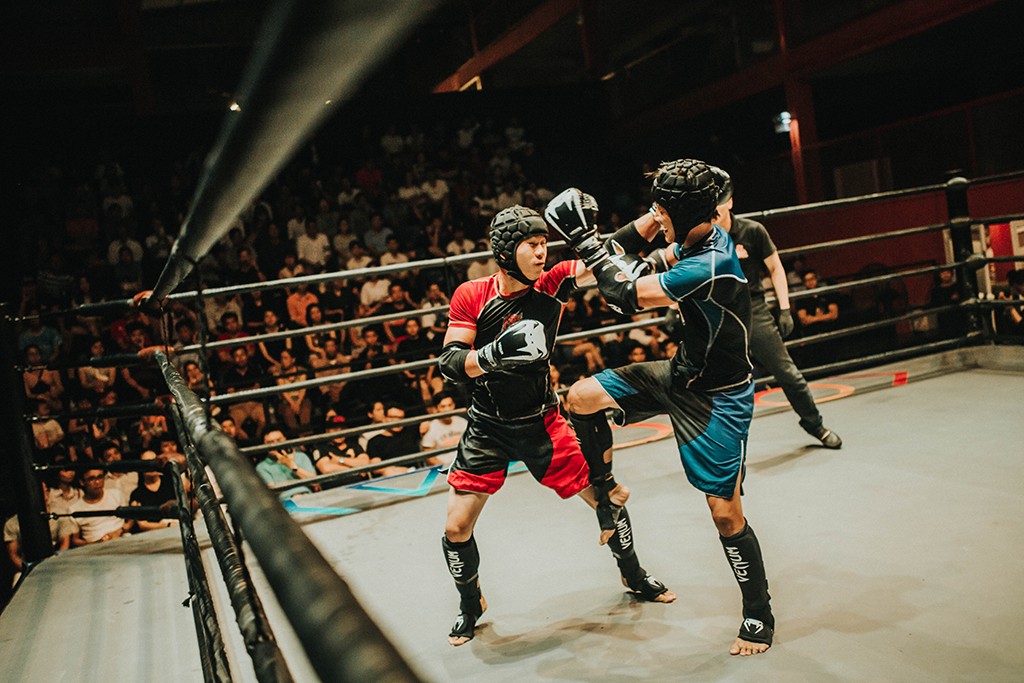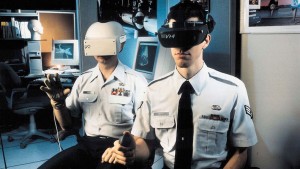How VR Sports Training Can Take Athletes to the Next Level
Unimersiv | November 14, 2017
Now, right of the bat (pun intended), we will say that there never really is any substitute for putting in the work on the field, court or whatever competitive arena a sportsman or woman may choose. That being said, gyms and coaching centers around the world are always looking for new technologies and techniques to take their athlete’s performance to the next level.
Wearable technologies are being used to monitor performance real time, big data is helping coaches analyze athletes so that they can be improved further and hypobaric chambers that simulate high altitude environment are being used by wrestlers and other combat athletes to train in low oxygen environments to condition their cardiovascular systems.
However, while all these technologies focus on making athletes physically better, the psychological component has been missing. It is said that sports are 90% mental and 10% physical, so, suffice to say, there is a lot of scope for improvement as tools to help athletes win the mind game are finally here in the form of virtual reality.
Why Virtual Reality for Sports
Because training is only as good as the sense of immersion it can imparts and the closer a simulation approximates real life conditions, the more an athlete can learn from it. Now, if sports were all about having the greatest endurance and strength, then the results would always be predictable, which would frankly be quite boring
No, it’s the skills with which sportsmen and women exhibit while in the heat of the moment, as they gracefully intercept and react to their opponents that makes sports truly exciting, and this is where VR can help them. Imagine a baseball player who can practice his swings as many times he wants against a virtual representation of his opponent. Not only can he analyze the intricacies of his throw, but the simulation can be setup to let the batter practice at his or her own level. The batter can also review his performance later.
Likewise, boxers can practice speed drills, shadow box and train their reflexes in VR far better than they could ever do in real life. Since a virtual situation is completely within our control, it can be tailor made to recreate any scenario. This boxer who tried out Thrill of the Fight was certainly optimistic about how VR could be used to train athletes in the immediate future.
Race car drivers will find an immediate interest in VR as many games such as Project Cars are extremely immersive and do not require a very expensive setup to get going. Being able to race as if it were real without burning through gallons of fuel and no risk of grievous injury is something a driver will surely appreciate!
Getting into the Nuts and Bolts of It
VR based training has already proven to be successful in military and aviation, so, being a visual-kinesthetic learning aid, it’s utility in sports is all but a given. The true beauty of VR based sports training lies in its ability to create real muscle memory through virtual experiences. There’s only so much learning an athlete can do by watching and rewatching tapes of their opponents and past matches to learn.
Today, the technology is finally here to put them right in that experience so that they can actively engage with the lesson, not just passively sit by and watch. Coaches will understand the importance of such an ability and adopting it first will give any gym or team the first mover advantage which will no doubt show in the field.
Subscribe to our newsletter
We write about the use of Virtual Reality for non-gaming applications.












